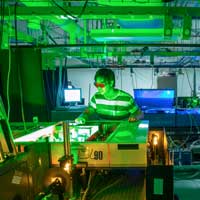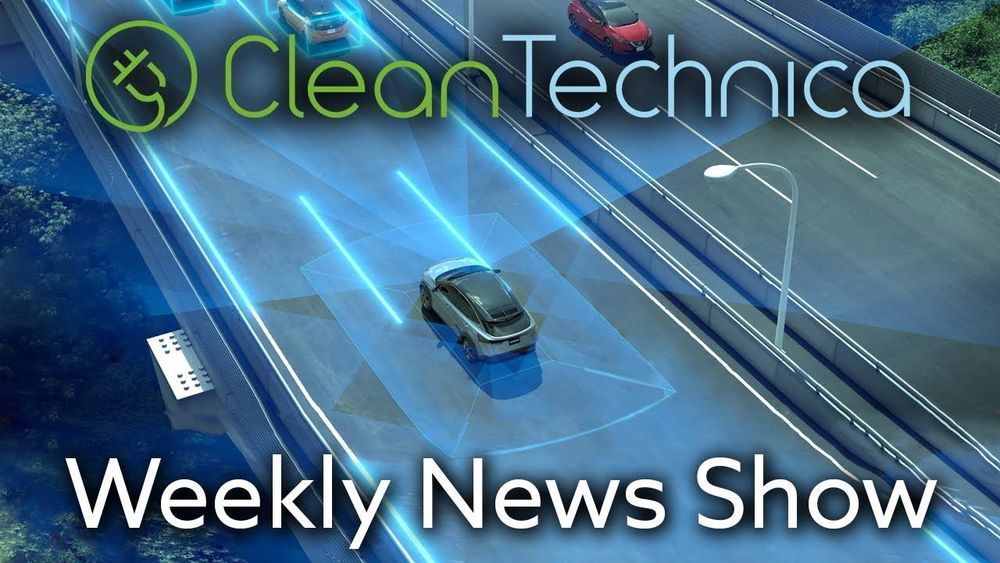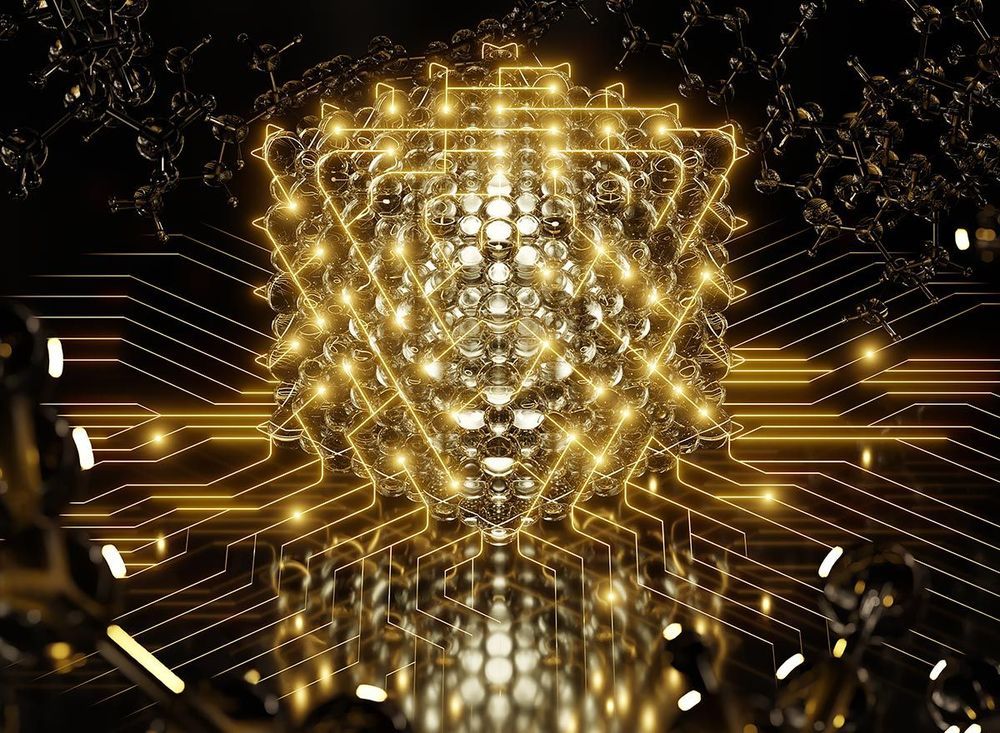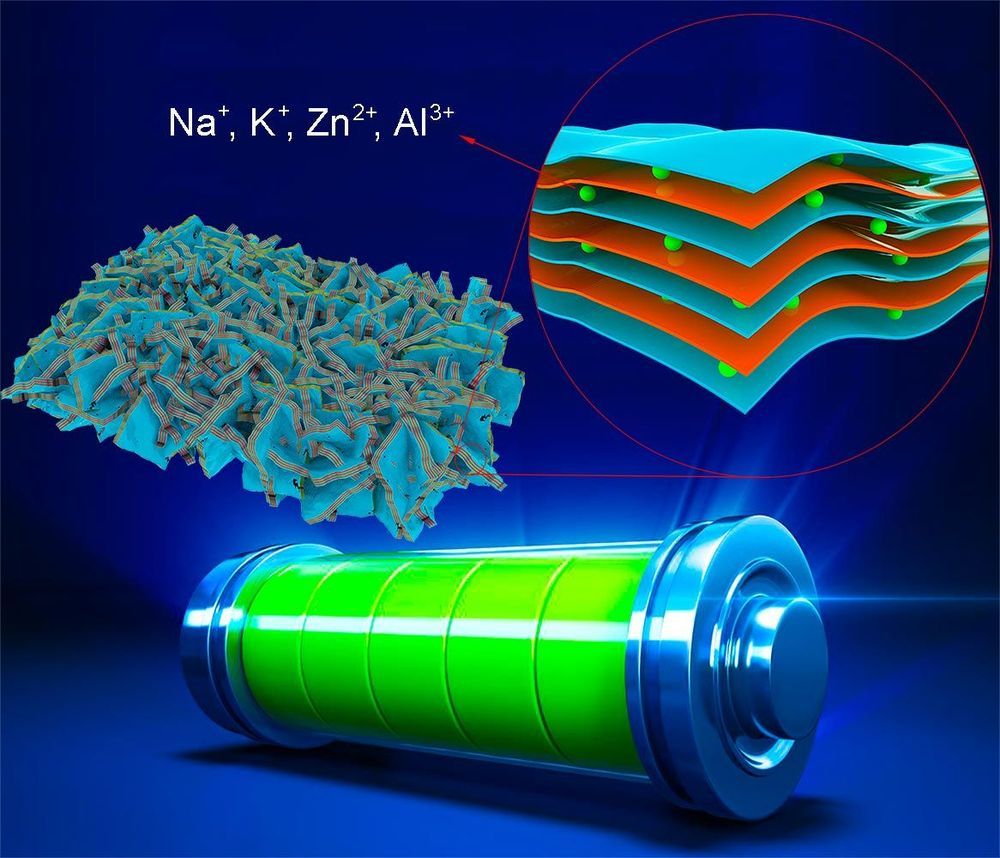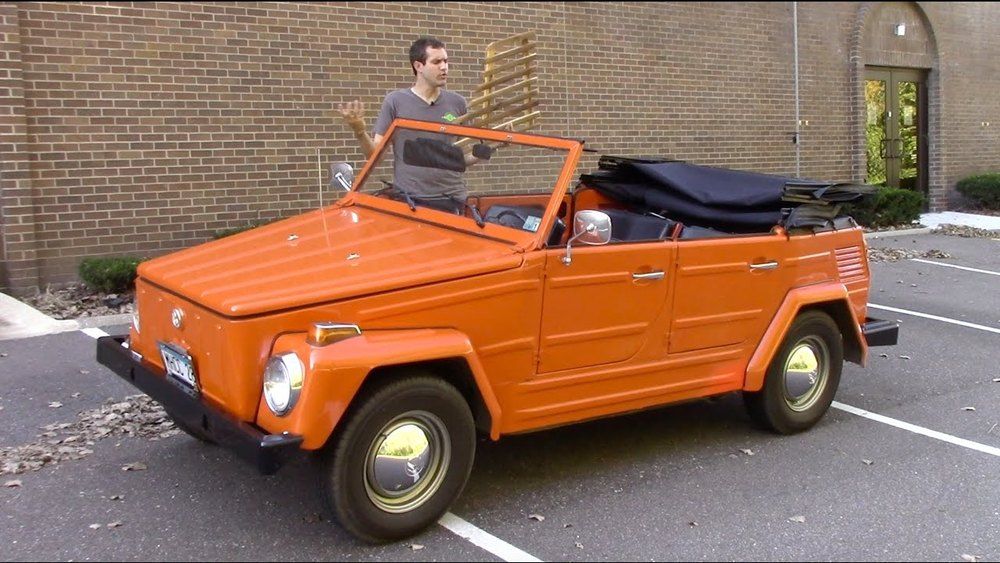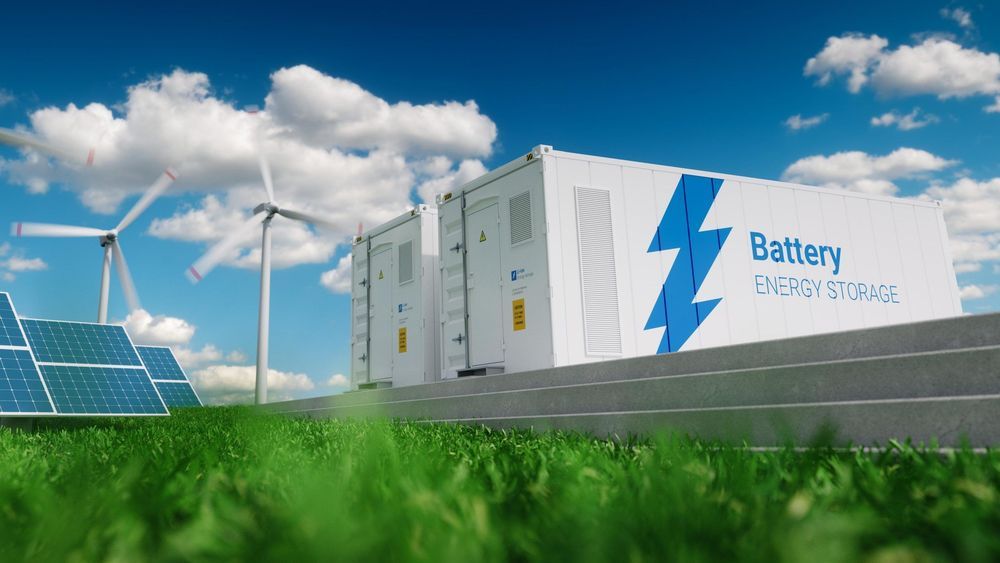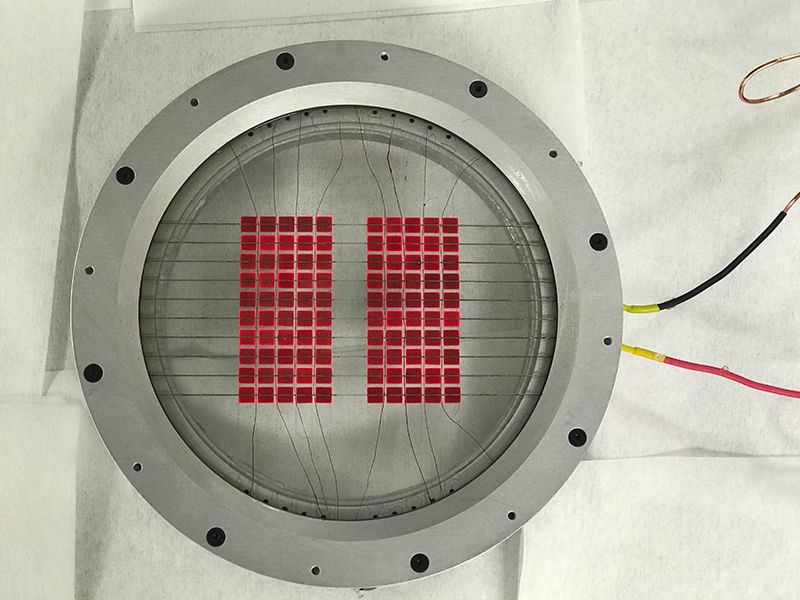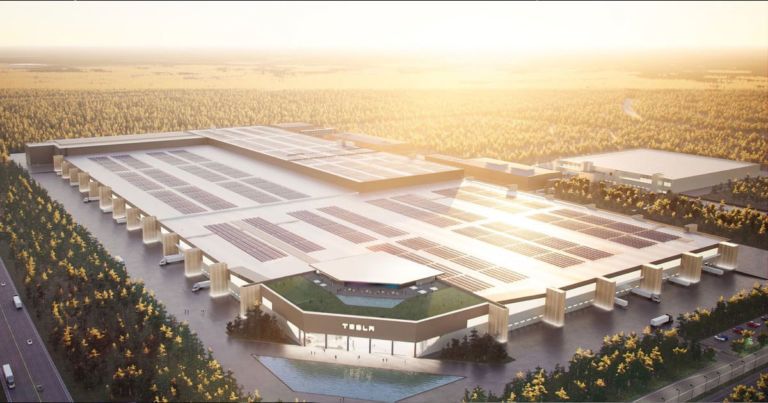(Nanowerk News) Scientists in Australia and the United States have been able to ‘upconvert’ low energy light into high energy light, which can be captured by solar cells, in a new way, with oxygen the surprise secret ingredient. The results are published in Nature Photonics (“Photochemical upconversion of near-infrared light from below the silicon bandgap”).
Scientists in Australia and the United States have been able to ‘upconvert’ low energy light into high energy light, which can be captured by solar cells, in a new way, with oxygen the surprise secret ingredient.
The results are published in Nature Photonics (“Photochemical upconversion of near-infrared light from below the silicon bandgap”).
While the approach’s efficiencies are relatively low and more work is needed to achieve commercialisation, the research is an exciting development, according to senior author Professor Tim Schmidt from the ARC Centre of Excellence in Exciton Science and UNSW Sydney.
“The energy from the sun is not just visible light,” Prof. Schmidt explains.
